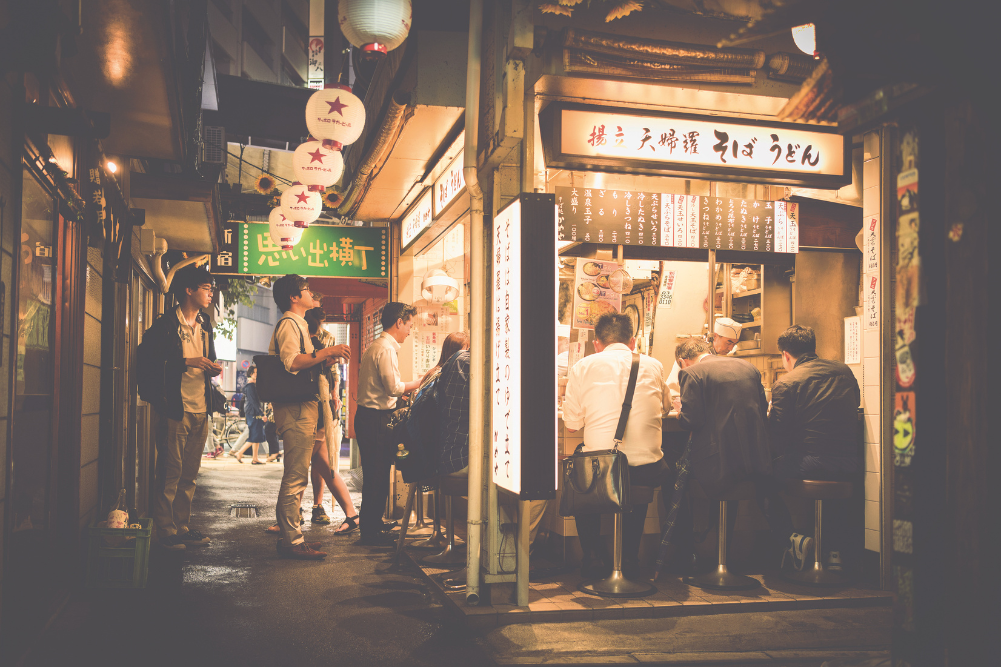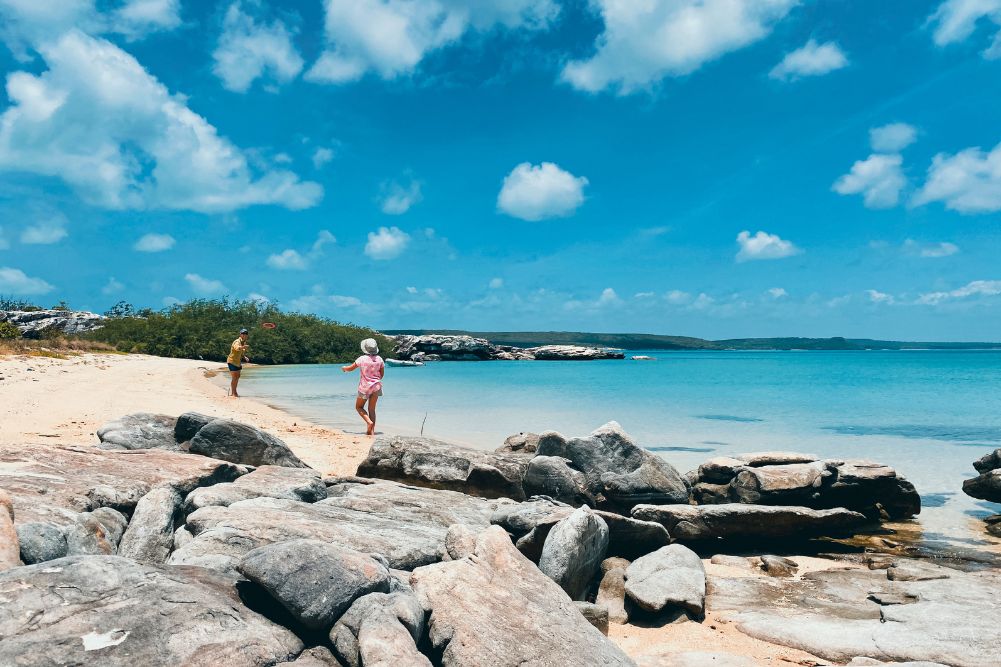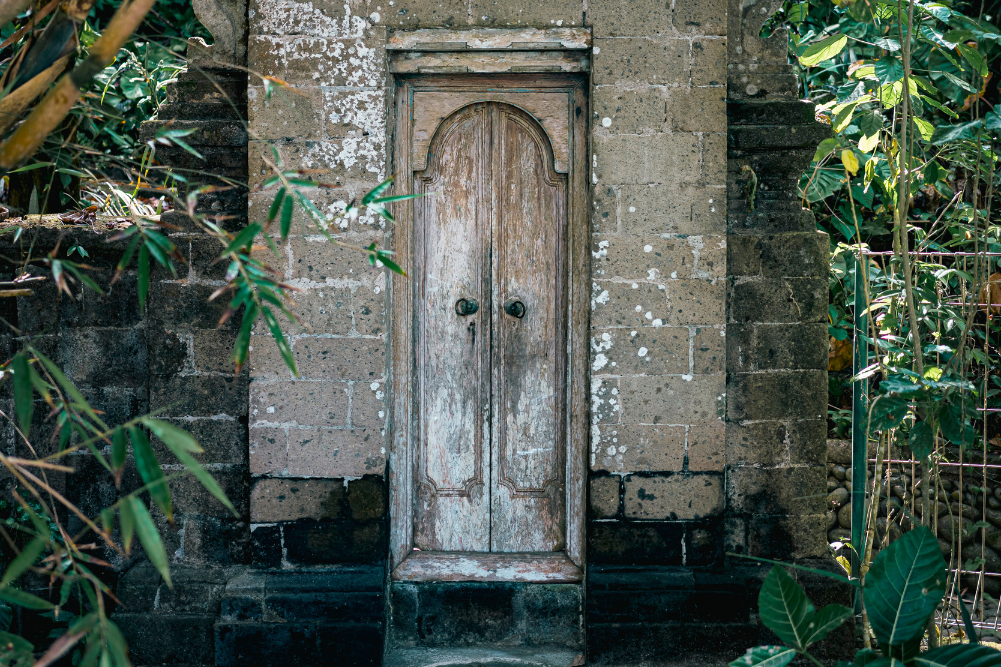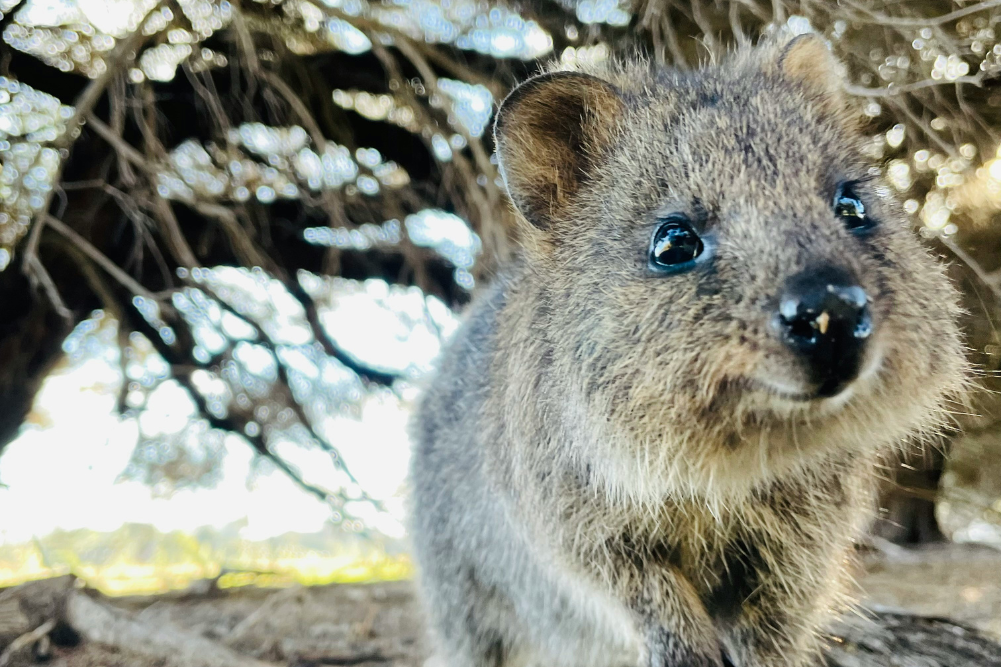The grand escape to Western Australia
Magnetising tourists to its sweeping white sand beaches and powder blue bays, Cape Le Grand National Park, Western Australia more than lives up to its hype.
Rugged granite peaks slide gently into the sea, surrendering to the waves tiny crystalline grains of quartz that shimmer and shine as the tide rolls in. A heady seascape of turquoise, teal and baby-eye blue, this far western coastline is so utterly bewitching that even kangaroos venture out of the heathlands to forage the shoreline as the sun goes down.
Tucked into an arid, unpopulated corner of the country’s southwest, Cape Le Grand National Park has long received accolades for its beautiful, arcing, white sand coves. Its beaches blow every visitor away, but the park’s remote location — 750km by road from Perth — reserves this unspoilt wilderness for unhurried travellers, ideally with their own beds on board.
I arrive by road too, steering my Landcruiser through the seaside town of Esperance in search of fresh provisions for our week-long camping trip. I have a car full of hungry travelling companions to feed. Still, I easily gather a bounty of organic fruit and veggies, and find freshly baked sourdough bread, free-range eggs and delicious ground coffee too.
Chasing the salty, simple life
Esperance is an unpretentious, laid-back sort of town that serves its ocean views with just-caught seafood and wines nurtured from local vines. There’s a tempting waterfront of places of eat and drink within sight of the sea, but I somehow resist the urge to spend the day doing just that, and turn the car east. Less than an hour’s drive away, our primitive coastal campsite awaits, promising a much-needed slice of the salty, sandy, simple life.
Regularly named one of Australia’s most perfect beaches, Lucky Bay sits like a teardrop between two stoic granite headlands, its gently shoaling seabed reflecting ever more beautiful shades of blue as it rises up from the depths. This enigmatic seascape gathers swimmers, anglers and beachcombers, and lures photographers from far-flung places to capture the western grey kangaroos that famously forage the high tide mark at dusk and dawn.
I pull on running shoes and beat everyone there at first light, setting out along the Cape Le Grand Coastal Trail towards nearby Thistle Cove. Walking the entire Coastal Trail is a worthy day-long endeavour, but my gentle 30-minute ramble is blessed with solitude. From the high granite lookout at Whistling Rock, I sit to watch the sunrise and spot dolphins surfing the translucent swell that peels into the cove far below.
When I finally tear myself away and return to camp, I find my pals sipping coffee and strapping on boots, gearing up for our planned summit climb of Mandooboornup. At just 262 metres high, the park’s most accessible peak is far from lofty and takes less than an hour to climb. Yet the precarious ascent up its curving granite flanks makes it a Grade 5 challenge. It’s strenuous and steep, but what’s got us moving so early is the captivating cavern up on top that frames one of the best views in the national park.
I rest in the cave after a heart-pumping climb, struggling to fathom that some 40 million years ago the sea submerged this rocky lookout. Today, the ocean lies far beneath my feet, crashing onto the distant, arcing sands of Hellfire and Lucky Bays. Mandooboornup is but one of the climbable peaks that form an impressive chain of Precambrian granite and gneiss, stretching across the park. There’s a gentler trail up Mount Le Grand (Mandoowernup), the highest peak at 345 metres, and an easy wander up 180 metre-high Mississippi Hill, both of which reward with ocean views.
But there’s something special about Mandooboornup, which earned its pioneer-era name “Frenchman Peak” for the soldier’s cap it was said to resemble. Forgetting Australia’s lengthy Indigenous heritage, sailors and explorers have long afforded themselves the privilege of renaming prominent natural landforms, and Cape Le Grand bears many still today.
The park’s own name remembers an officer of the ship Espérance on Admiral d’Entrecasteaux’s 1792 French expedition, while Englishman Matthew Flinders renamed Thistle Cove for John Thistle, Master of HMS Investigator. After his near-disastrous Nullarbor crossing in 1841, explorer Edward John Eyre named Rossiter Bay to pay tribute to his rescuer and the captain of the whaling boat Mississippi. All of this recalls an interesting slice of colonial maritime and exploring history, but I prefer to home in on more ancient storylines.
Traditional owners the Wudjari people have left behind tools, middens and artefacts that showcase 13,000 years of occupation of Cape Le Grand. But it’s their creation story about this coastline that makes it truly theirs. According to the tale, a giant eagle or walitj created Mandooboornup and perched high on its summit to guard her nest. When two boys absconded from their coastal camp despite their parents’ warning, and stole and broke the eagle’s eggs, the walitj vengefully picked up the boys and dropped them into the sea. There they transformed into two small islands near Lucky Bay, and a stern warning about obedience was afforded to all Wudjari children.
The summit of Mandooboornup showcases sprawling coastal scenes, and when the allure of those beaches becomes impossible to resist, I drop back down the mountain and take the first of the day’s many swims at Le Grand Beach. Falling into the sea and body-surfing the breakers, I’m surrounded by people actively enjoying their day. There are beachcombers and paddlers riding stand-up paddleboards, and anglers fishing from gently sloping headlands and bobbing about in tinnies. No one, it seems, can resist the urge to explore.
The perfect picnic spot
I eventually dry off and, with a picnic basket ready on the back seat, tackle the 4WD track through undulating sandplains to Rossiter Bay Bird Sanctuary. Dotted with freshwater lakes and swamps, the plains support dense thickets of colourful, blooming Banksia speciosa that in turn feed tiny honey-possums, quendas (or southern brown bandicoots) and dozens of species of birds.
I carry my picnic into a shady grove of eucalypts and grass trees, treading softly through the undergrowth as bees buzz past and hundreds of New Holland honeyeaters flit wildly overhead. Banksias bloom trackside and the air is thick with the sweet honey scent of flowering wattles. Surprisingly I find myself all alone, and while I’m not much of a birder, the dazzling busyness in this cool, quiet place has me following the honeyeaters’ flight paths and watching them feed and forage for hours.
While I linger with the birds and bees, my pals get busy on the water, reeling in enough salmon, skipjack and squid to alter our dinner menu. My planned spaghetti pomodoro gets swiftly superseded by a feast of salmon ceviche, salt and pepper squid and delicious yakitori grilled fish. Our campsite neighbours are envious but there’s more than enough to share, so while appetites are sated, new friendships are formed too. Although I’m not much of an angler, those who love it get pretty excited about the calm-water fishing along this coastline, and the generous catches of Australian salmon, sand whiting, herring and skippy (skipjack trevally).
The early wanders to the beach, and lingering there long after sunset are two of the great trade-offs for bunking down in a campsite for the week. It’s true that you might easily explore Cape Le Grand without actually pitching a tent. Just 60km away, Esperance is close enough for excellent national park day tripping, and offers breezy beachside rooms and surprising places to sit and sip. But Cape Le Grand is huge and diverse, and doing away with the long daily drive means you can wake early, stroll over the dunes and start your day with sand on your feet. Then, after a full day of fun, you get to
sit back under the stars and enjoy a meal made tasty by your ravenous appetite. For me, there’s nothing quite like it.
Facilities at the park’s two campgrounds — Lucky Bay and Le Grand Beach — might seem less than pampering, but there’s plenty of room, communal cooking areas for chats at day’s end and solar hot showers for as long as the sun shines. Choose the big camp at Lucky Bay (with 50-plus sites) for its boat ramp and foraging kangaroos. Surfers favour the campsites nestled in the sand dunes at Le Grand Beach, where you’ll be lulled to sleep by the sound of crashing waves and the croaking of frogs.
If you don’t mind peeling things back to bare basics, these campsites are perfectly located for coastal walks and crack-of-dawn swims, for fishing trips, birding adventures and surfing with dolphins on the arcing break that curls into Thistle Cove. Arrive armed with surfboards, fishing rods and hiking gear to tackle short walks along the Coastal Trail that weaves through colourful heathlands and links five bays and beaches: Cape Le Grand to Hellfire to Thistle Cove, Lucky Bay and Rossiter Bay.
Cape Le Grand National Park is a heavenly destination that utterly bewitches its visitors. But it’s what you can do off those sweeping white sand beaches and the peaks that rise high above them that really thrills travellers. It might require some determination to reach, but then again, all truly remarkable destinations do.
Inspired by travels into the world’s unpopulated places, author Catherine Lawson and photographer David Bristow are hikers, bikers, paddlers and sailors who live aboard Wild One, currently sailing through Southeast Asia. When not exploring, they write books, and their latest cookbook The Hunter and the Gatherer is available at wildtravelstory.com.
Photography by David Bristwo








